Discover trees that start with Y! Ashley Scott covers 14 species—Yellow Birch, Yucca, Yoshino Cherry, Yaupon Holly (with red berries!), conifers & small trees. Zone guides + planting tips!
Hey there, fellow plant lovers! Ashley Scott here from Gardeners School. After 10 years of digging in the dirt, planning landscapes, and learning from countless plants, I still get a thrill discovering unique trees. Today, we’re tackling a fun challenge: finding trees that start with Y. While it might seem like a short list, these “Y” trees pack a punch with beauty, utility, and fascinating stories. Whether you’re a curious beginner or a seasoned green thumb, let’s explore these botanical gems together!
Why Search for Trees Starting With Y? (And Why You’ll Be Surprised!)
When I first sat down to write this, I thought, “Trees starting with Y? That can’t be many!” And compared to letters like ‘O’ or ‘M’, it is a smaller group. But during my research—and through your requests—I discovered more than I imagined! You might be searching for:
- “trees that start with y” or “trees beginning with y” for a complete list
- “trees that start with y red berries” (hello, Yew and Yaupon Holly!)
- “coniferous trees that start with y” like Yellow Cedar
- “small trees that start with y” perfect for limited spaces
- “evergreen trees that start with y” for year-round interest
- “types of trees that start with y” for landscaping ideas
Let’s dive into this golden lineup of arboreal treasures!
1. Yellow Birch
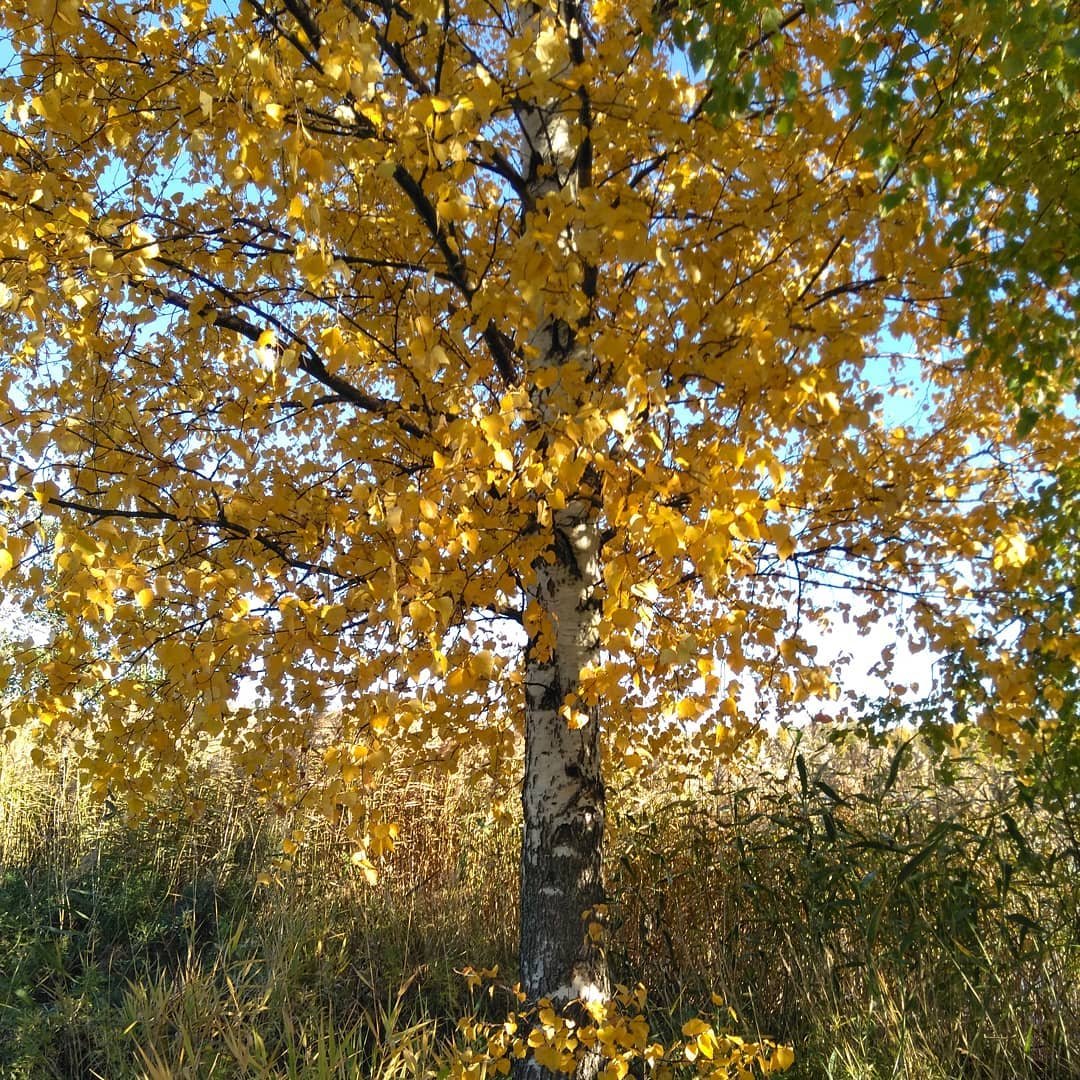
- Why I Admire It: While walking through Appalachian forests, I’ve always been mesmerized by its peeling, golden-bronze bark that glows in winter sunlight. It’s a keystone species for wildlife!
- Key Features: Deciduous. Grows 60-80 ft. Leaves turn brilliant gold in fall. Thrives in cool, moist soils (Zones 3-7).
- Perfect For: Naturalistic landscapes. Its bark makes stunning winter interest!
2. Yellowwood
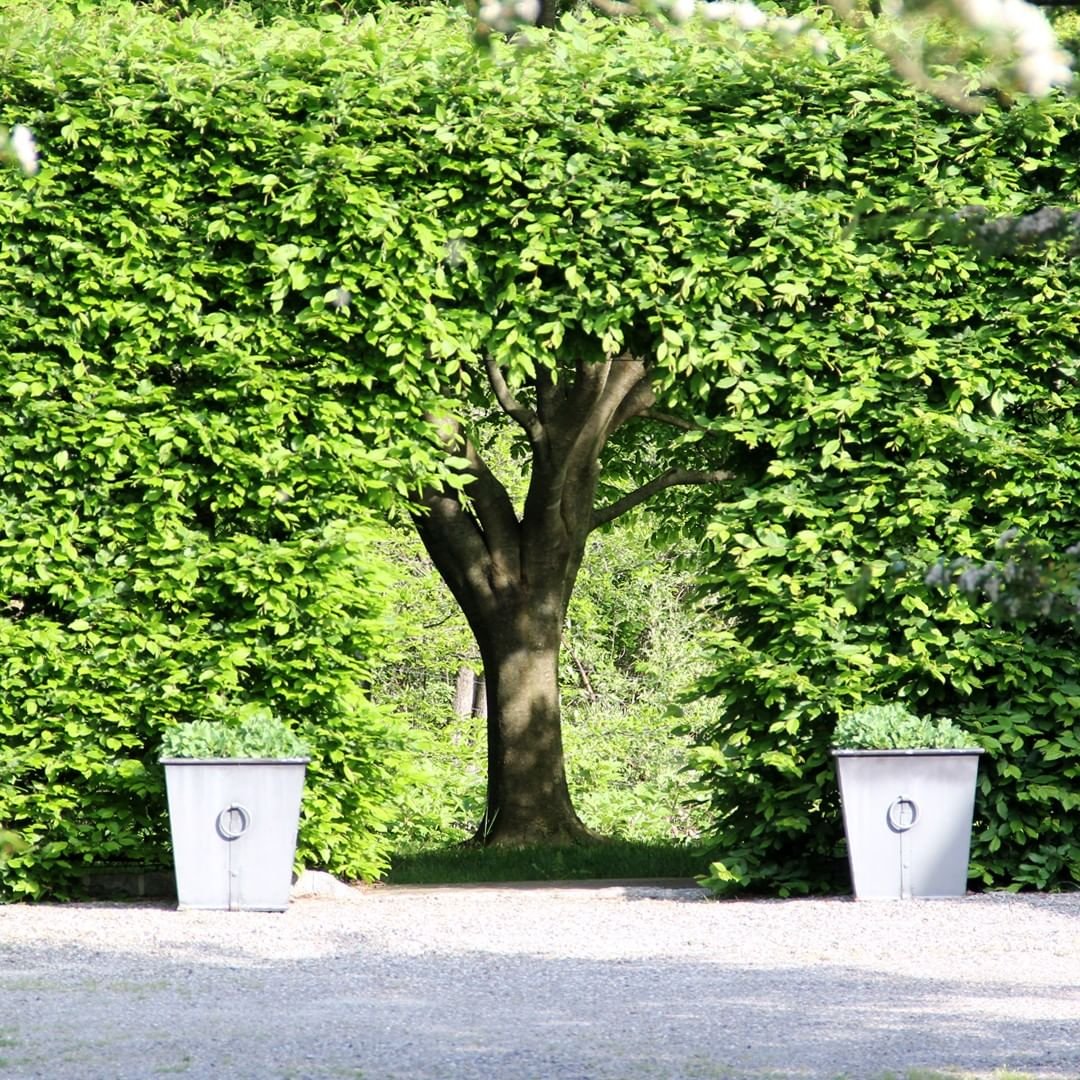
- Why I Love It: A showstopper in my garden! Picture draping clusters of fragrant white flowers in late spring—like wisteria on a tree. Smooth gray bark adds year-round elegance.
- Key Features: Deciduous. Reaches 30-50 ft. Stunning yellow fall color. Prefers full sun (Zones 4-8).
- Pro Tip: Plant where you can enjoy its evening fragrance! More in my guide to flowering trees for small spaces.
3. Yew
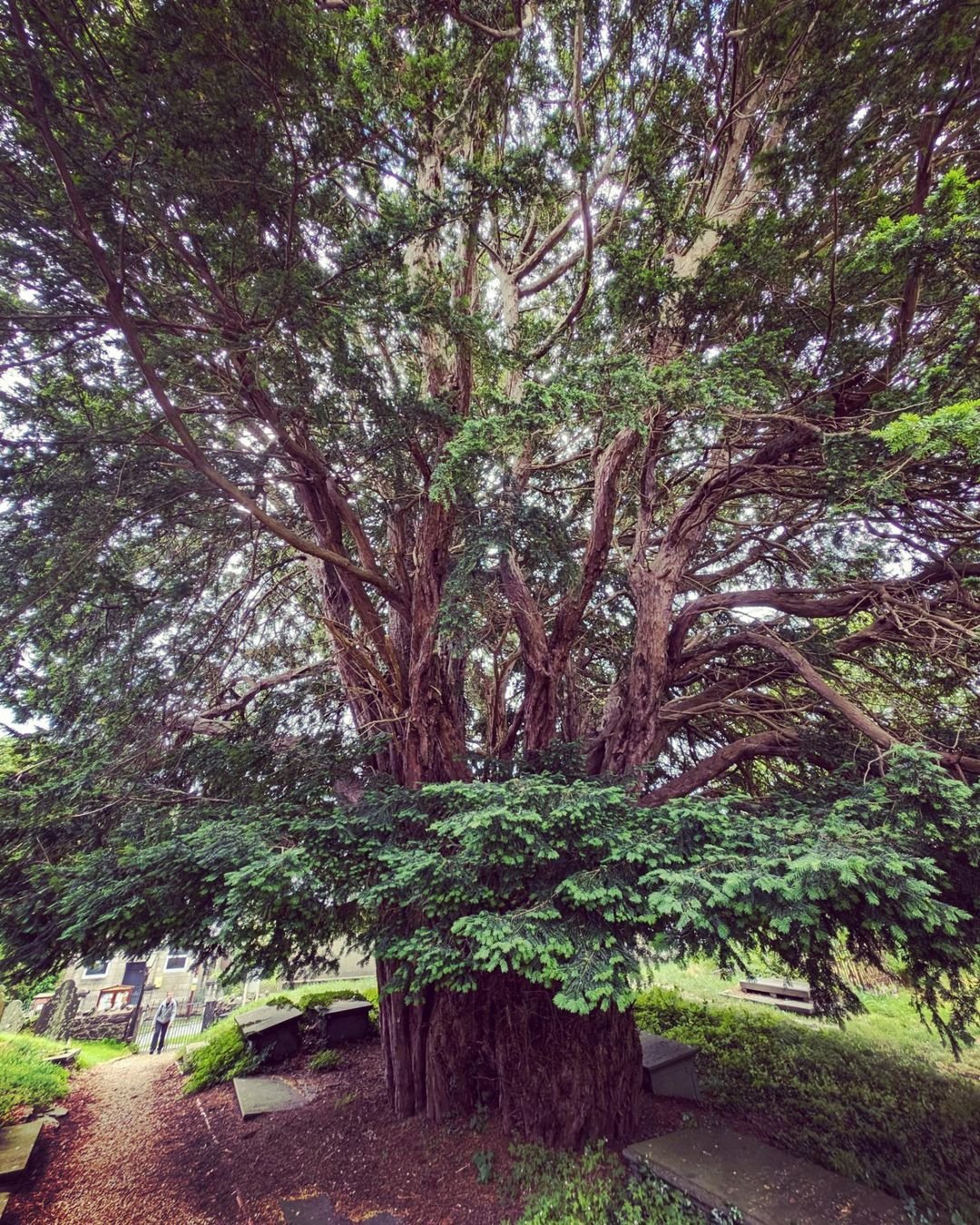
- Berry Alert: The classic answer to “trees that start with y red berries”! Though often a shrub, it grows tree-like if untrimmed. Toxic seeds (but birds love the safe red arils).
- Key Features: Evergreen conifer. Tolerates deep shade. Slow-growing (Zones 4-7).
- Fun Fact: Ancient Europeans used yew wood for longbows! Learn about safe berry plants at North Carolina State Extension.
4. Yellow Poplar
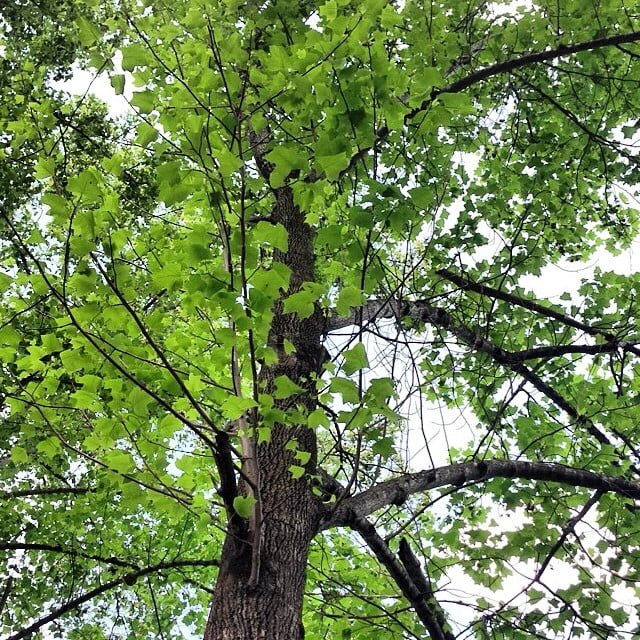
- Why It Wows: Despite the name, it’s a magnolia relative! My neighbor’s 90-ft giant has tulip-shaped flowers that hummingbirds adore. Fast-growing and majestic.
- Key Features: Deciduous. Leaves turn gold in fall. Needs ample space (Zones 4-9).
- Caution: Not for small yards—its roots are vigorous!
5. Yoshino Cherry
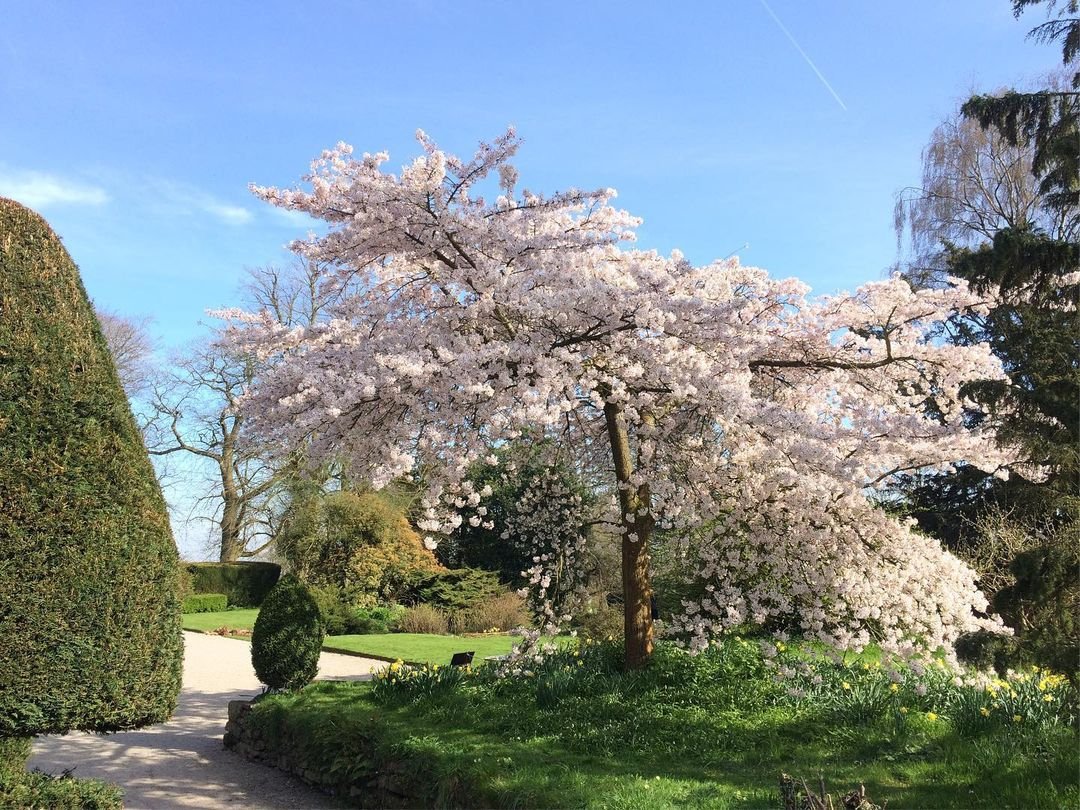
- Spring Spectacle: Famous for Washington D.C.’s pink clouds! Delicate pale blooms appear before leaves in early spring.
- Key Features: Deciduous. Grows 30-50 ft. Needs full sun (Zones 5-8).
- Memory: Seeing these bloom at the Tidal Basin is a core gardening memory!
6. Yellow Buckeye
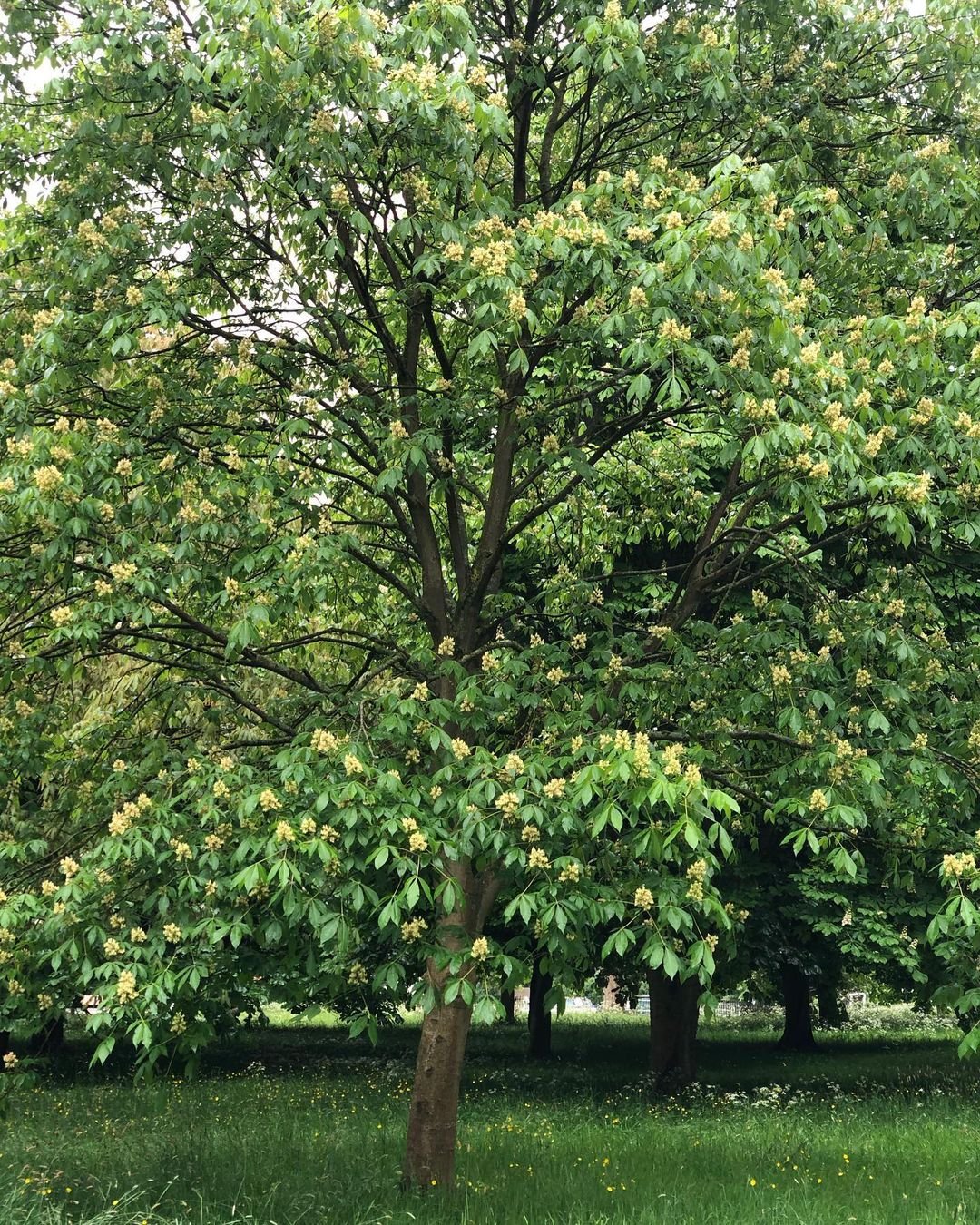
- Native Giant: Found these while hiking the Smokies! Pale yellow flower spikes and smooth buckeye nuts enchant in fall.
- Key Features: Deciduous. Reaches 50-75 ft. Prefers moist valleys (Zones 3-8).
- Warning: Nuts are toxic—great for squirrels but not pets!
7. Yucca

- Desert Icon: The Joshua Tree (Yucca brevifolia) defines Mojave landscapes! Spanish Dagger (Yucca gloriosa) works in Southeastern gardens.
- Key Features: Evergreen succulent. Dramatic sword-like leaves. Drought-loving (Zones 5-11).
- Design Tip: Pair with boulders for a sculptural focal point. More xeric ideas in my drought-tolerant landscaping guide.
8. Yellow Cedar

- Conifer Queen: Answers searches for “coniferous trees that start with y”! Its weeping branches and yellow-hued wood thrive in cool climates.
- Key Features: Evergreen. Slow-growing to 60-90 ft. Loves moist, well-drained soil (Zones 4-7).
- Perfect For: Pacific Northwest gardens or high-elevation landscapes.
9. Yarn-Barked Eucalyptus

- Textural Marvel: Its peeling, fibrous bark looks like tangled yarn! Fast-growing and aromatic.
- Key Features: Evergreen. Grows 40-70 ft. Best in frost-free zones (Zones 8-11).
- Note: Research local invasiveness before planting.
10. Yellow Horn

- Hidden Gem: A client introduced me to this small tree. Starry white flowers with red centers bloom in May—bee heaven!
- Key Features: Deciduous. Grows 10-20 ft. Edible seeds when roasted (Zones 4-7).
- Perfect For: Sunny patios. Explore its profile at Missouri Botanical Garden.
11. Yellow Willow

- Winter Glow: Golden Willow (Salix alba ‘Vitellina’) stuns with neon-yellow stems in winter. Prune yearly for best color!
- Key Features: Deciduous. Loves wet soil. Grows 15-25 ft as a tree (Zones 2-8).
- Perfect For: Pond edges or rain gardens.
12. Yellow Catalpa

- Underused Beauty: Smaller than its cousin, with buttery-yellow trumpet flowers in summer. Less messy seed pods too!
- Key Features: Deciduous. Reaches 20-30 ft. Heat-tolerant (Zones 5-8).
- Pollinator Plus: A magnet for bees and sphinx moths.
Choosing Your Perfect “Y” Tree: A Gardener’s Cheat Sheet
| Tree | Height | Type | Key Feature | Best For | Zones |
|---|---|---|---|---|---|
| Yellow Birch | 60-80 ft | Deciduous | Golden peeling bark | Cold climates | 3-7 |
| Yaupon Holly | 15-25 ft | Evergreen | Red winter berries | Coastal/Small gardens | 7-10 |
| Yellow Cedar | 60-90 ft | Conifer | Weeping branches | Cool, moist regions | 4-7 |
| Yoshino Cherry | 30-50 ft | Deciduous | Pink spring blossoms | Showy focal points | 5-8 |
| Yucca (Joshua Tree) | 15-30 ft | Succulent | Desert architecture | Dry landscapes | 7-10 |
| Yellowhorn | 10-20 ft | Deciduous | Starry spring flowers | Pollinator gardens | 4-7 |
| Yellow Willow | 15-25 ft | Deciduous | Bright winter stems | Wet areas/ponds | 2-8 |
Ask yourself:
- Space Limits: Need a small tree that starts with y? Consider Yaupon Holly, Yellowhorn, or Yucca.
- Climate: Planting in Zone 3? Yellow Birch thrives. In Zone 10? Yaupon Holly or Yew Pine.
- Function: Want evergreen trees that start with y for privacy? Yew Pine or Yellow Cedar. For fall color? Yellow Birch or Yellowwood.
- Wildlife: Berries for birds? Yew or Yaupon Holly. Pollinator-friendly? Yellowhorn or Yellow Poplar.
Planting Tips for Success
- Timing: Plant in spring/fall during mild weather (I avoid summer heat stress!).
- Soil Prep: Dig a hole 2x wider than the root ball. Use native soil—no potting mix!
- Watering: Deep-water weekly for the first year. Mulch with wood chips (keep away from trunks!).
- Pruning: Most “Y” trees need minimal pruning. Exceptions: Yellow Willow (coppice yearly for stem color) and Yew (shapes well).
Pro Mistake I Made: Overplanting a Yellow Poplar near my patio—its roots invaded pipes! Always check mature sizes.
Why These Trees Matter Beyond Beauty
- Ecosystem Heroes: Yellow Birch hosts 300+ moth species! Yuccas rely on specific moths for pollination—a magical co-dependency.
- Climate Warriors: Yellow Poplar absorbs tons of CO2. Urban trees like Yoshino Cherry reduce heat islands.
- Cultural Icons: Joshua Trees symbolize resilience; Yaupon Holly fueled Native American ceremonies.
Wrapping Up Our “Y” Journey
From the flaky gold bark of Yellow Birch to the desert grandeur of Yucca, trees beginning with Y offer astonishing diversity. Whether you’re drawn to Yew’s red berries, Yellowwood’s fragrant blooms, or Yellow Willow’s winter fireworks, there’s a “Y” tree for every garden dream.
Have a question about these arboreal wonders? Share your stories or ask for advice at Gardeners School—I’d love to hear what you’re planting next!